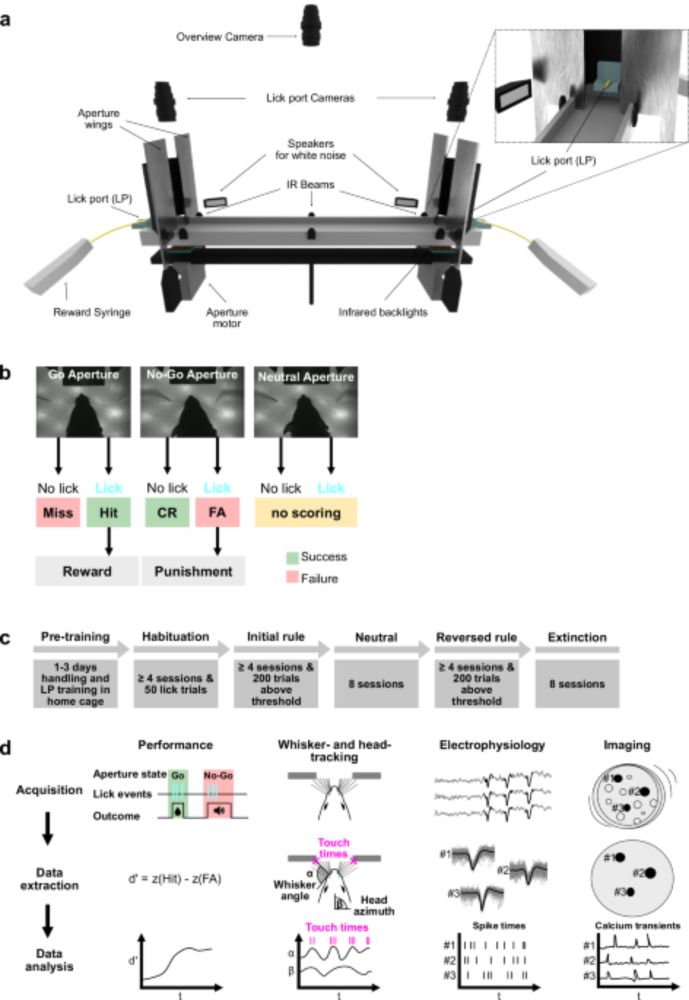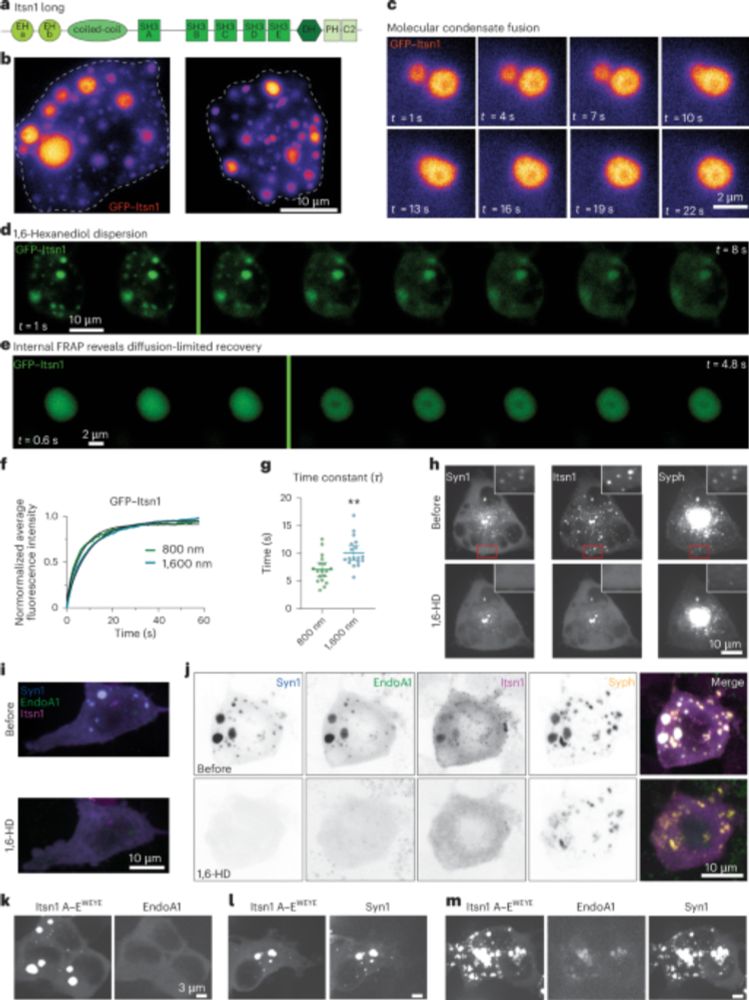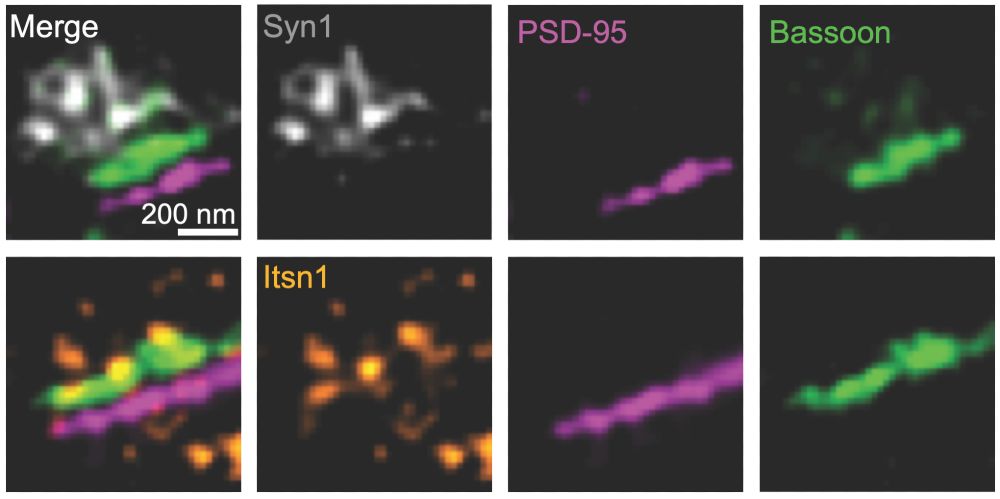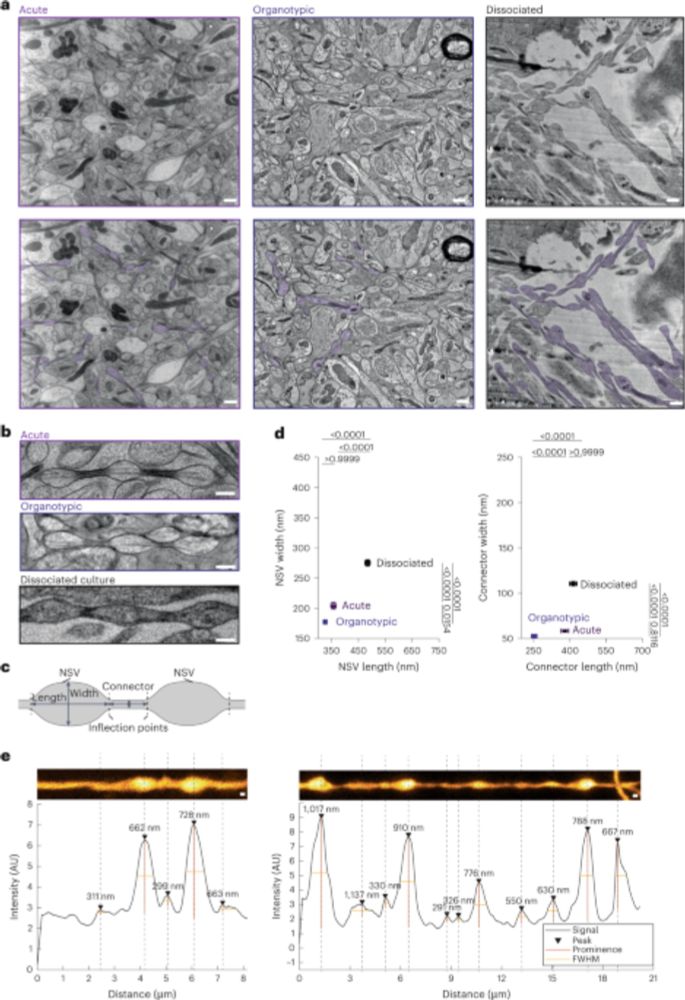@watanabelab.bsky.social

@watanabelab.bsky.social

His extraordinary generosity will bolster our renowned research and education programs. 🔬
Learn more: bit.ly/452WL1m

His extraordinary generosity will bolster our renowned research and education programs. 🔬
Learn more: bit.ly/452WL1m

@watanabelab.bsky.social
www.nature.com/articles/s41...

@watanabelab.bsky.social
www.nature.com/articles/s41...
rdcu.be/evi5y

rdcu.be/evi5y


We combine optogenetic stimulation of neurons with in situ cryo-ET to characterize membrane dynamics during synaptic vesicle fusion ❄️🔬⏱️
We combine optogenetic stimulation of neurons with in situ cryo-ET to characterize membrane dynamics during synaptic vesicle fusion ❄️🔬⏱️
Great collaboration with @fronzeslab.bsky.social and Vladan Lucic to determine the first cryo electron tomography images of dopamine "synapses" extracted from adult mouse brain.

Great collaboration with @fronzeslab.bsky.social and Vladan Lucic to determine the first cryo electron tomography images of dopamine "synapses" extracted from adult mouse brain.
www.the-scientist.com/challenging-...

www.the-scientist.com/challenging-...
The last day to submit applications for the MBL's 2025 Neurobiology course has been moved to February 3. Don't miss your opportunity to apply!
Read more: bit.ly/3C2psks
#ScienceStartsHere

The last day to submit applications for the MBL's 2025 Neurobiology course has been moved to February 3. Don't miss your opportunity to apply!
Read more: bit.ly/3C2psks
#ScienceStartsHere
Wondered how synaptic vesicles are recycled in human brains? and whether you can use human brain tissues to address it? You bet! We used live human brain slices and demonstrated that ultrafast endocytosis does it!! www.biorxiv.org/content/10.1...

Wondered how synaptic vesicles are recycled in human brains? and whether you can use human brain tissues to address it? You bet! We used live human brain slices and demonstrated that ultrafast endocytosis does it!! www.biorxiv.org/content/10.1...
www.sciencenews.org/article/axon...

www.sciencenews.org/article/axon...
Article Link: www.oneneurojhu.org/2024/12/10/s...
“These findings challenge a century of understanding about axon structure,” says lead researcher Shigeki Watanabe, Ph.D. @watanabelab.bsky.social

Article Link: www.oneneurojhu.org/2024/12/10/s...
“These findings challenge a century of understanding about axon structure,” says lead researcher Shigeki Watanabe, Ph.D. @watanabelab.bsky.social

nature.com/articles/s41...
not smooth, cylindrical strands but a string of pearls?
it's controversial
science.org/content/arti...
@science.org

nature.com/articles/s41...
not smooth, cylindrical strands but a string of pearls?
it's controversial
science.org/content/arti...
@science.org
We found unmyelinated axons exhibit pearls-on-a-string morphology's due to their membrane mechanical properties.
Threads will follow!

We found unmyelinated axons exhibit pearls-on-a-string morphology's due to their membrane mechanical properties.
Threads will follow!

